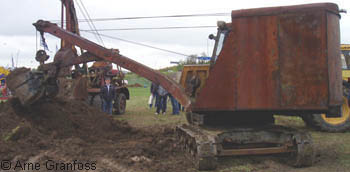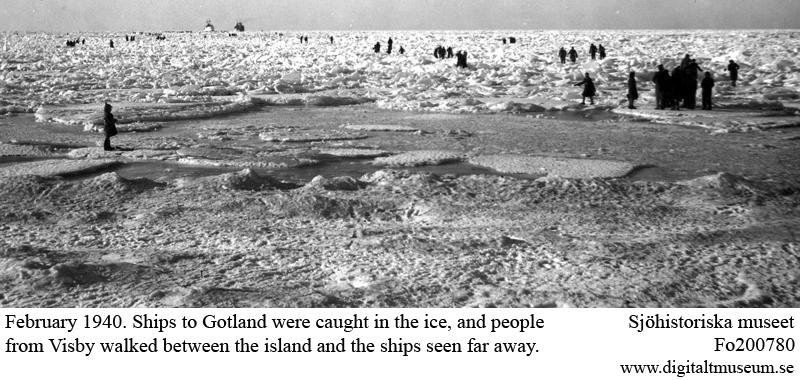Sweden's situation - 1

 UNDER CONSTRUCTION Version 0.4
UNDER CONSTRUCTION Version 0.4
|
Sweden in World War II - across borders
|
 |
![]()
Swedens main enemy since old times was the Soviet Union, and a powerful Germany had been seen as a counterweight.
Sweden was mostly pro-British, with exceptions for a smaller group of Swedish nazi's and high-ranking officers foremost in the navy. [s48]
Before WWII around two thirds of the Swedish export and import was shipped via Skagerak (the waters between Denmark and Norway). [s64]
![]()
From September 1939 the coal and coke import from Poland was stopped, and more quantities had to be imported from Britain. Britain declared a trade blockade against Germany, and Germany declared a trade blockade against Britain. When the Soviet Union attacked Finland on 20 November 1939, the Swedish trade with the Soviet Union was stopped. [s64]
The Swedish ship "Gertrud Bratt" was stopped by a German submarine on 24 September 1939, and torpedoed. [s73]

Trade negotiations with Britain and Germany resulted in the decision, that from December 1939 Sweden should continue with its earlier trade as 'normal' with both Britain and Germany. [s64]
For some months Sweden had Finnish permission to use the Petsamo port on the Finnish coast of the Arctic Ocean, but this small traffic with trucks from and to Sweden was stopped when the Soviet Union attacked Finland. [s64]
The winter 1939-1940 was cold.

![]()
The British and French demand for transit of troops through Sweden, as aid for Finland against the Soviet Union attack, was not easy to handle for Sweden. If Sweden allowed the transit, Sweden could be seen as allied to Britain and a target for Germany. If Sweden resisted, it could be seen as on the German side in the war. And if Sweden said yes to the transit, and British troops began to sabotage iron ore facilities in Sweden - how could the Swedish military react? [s69]
The Swedish foreign minister also believed that if Sweden sent regular Swedish troops to Finland as aid, so that Sweden actively entered in the war, it would be impossible to prevent the transit of Allied troops throught Sweden. One reason was that the Allies easily could stop the import of petrol and other necessary products to Sweden. And this would put Sweden on the Allied side. On 11 January 1940 the Swedish minister in Berlin reported that if the British-French aid to Finland would include troops, Germany would occupy certain areas in Sweden. [s69]
![]()
When Germany attacked Denmark and Norway the situation became more pressed. Neither Britain nor France had managed to help other nations from becoming occupied by Italian or German troops.
The German occupation of Denmark and Norway isolated Sweden. Several times Denmark, Norway and Sweden had stated that they were neutral parts in the growing conflict in Europe. Sweden decided to stand by this decision.
 Britain stopped all ships that sailed towards Scandinavia. Swedish ships that entered the Skagerak barrier, the patrolled minefields between Denmark and Norway, risked to hit mines, to be shelled by the Germans, or forced to German-controlled harbours.
Britain stopped all ships that sailed towards Scandinavia. Swedish ships that entered the Skagerak barrier, the patrolled minefields between Denmark and Norway, risked to hit mines, to be shelled by the Germans, or forced to German-controlled harbours.
Planes and other military equipment that Sweden had ordered in other countries were confiscated, and the rest could be more difficult to transport to Sweden.
(In some cases it was the reverse - among others guns from Bofors that had not been shipped to the customers were confiscated by Sweden.) [s72]
While Germany demanded train transports through Sweden in the spring of 1940, which Sweden at the time denied, on 19 May a Swedish reconnaissance plane had to make an emergency landing on a German Luftwaffe base near Stettin in Germany. [s75]
![]()
![]()
Later, with the German attack on the Soviet Union and their initial cooperation with Finland, Sweden was practically surrounded by German troops.
2015-08-29. www.granfoss.se. Text/pictures: Arne Granfoss